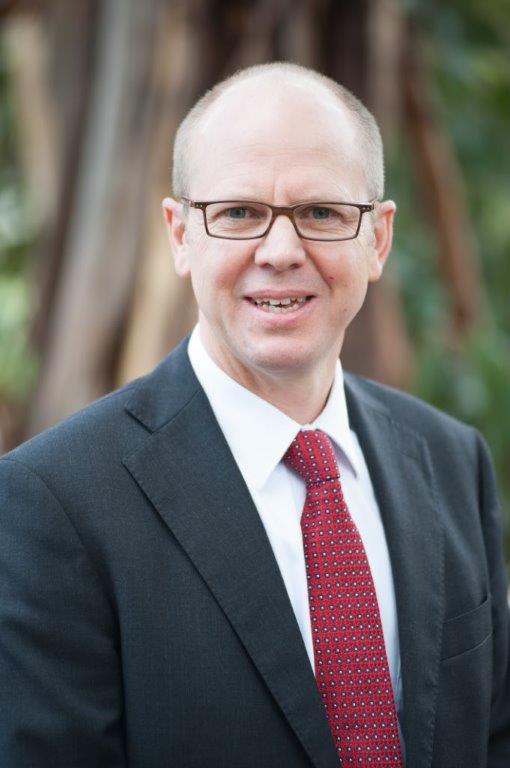
Ross Hampton
Timber plantation operators in Victoria will face strict new rules aimed at stopping koalas from being killed or injured during harvest. Source: ABC News
Increasing numbers of koalas have sought refuge in blue gum plantations around Portland, in the state’s south-west, as their natural habitat has dwindled.
Voluntary guidelines for plantation operators were introduced in 2012 to protect the furry marsupials. But Victoria’s Environment Minister, Lily D’Ambrosio, said the number of koala deaths had been under reported by plantations and mandatory minimum standards would come into effect by April.
“They will be mandated to report any injuries and any deaths of koalas and if they fail to do that of course there are penalties that will come into play,” she said. “So we believe that this will actually lead to improved behaviours of the industry.”
Plantation operators will be compelled to carry out population surveys, use spotters to keep watch for koalas and retain a minimum number of trees.
Ross Hampton, chief executive of the Australian Forest Products Association, said the industry supported the new rules but was concerned about forcing koala surveys to be carried out 12 months before harvest.
“It doesn’t seem to make a great deal of sense to us since koalas obviously move around, where they are 12 months before an operation may not be where they are when it really matters,” he said.
But he denied there was under reporting of koala deaths and injuries.
“I think what she [Ms D’Ambrosio] is referring to there is some history of three, four, five years ago which was a time when the industry was coming to terms with the fact that a large number of koalas were moving into these previously cleared areas,” Mr Hampton said.
The new regime will be reviewed in a year.
Local conservationists have urged the Government to take greater action to address an overpopulation of koalas in the region.
Doug Phillips from the Portland Field Naturalists Club said the number of koalas had “exploded” and native trees were dying.
“Within say a 150-kilometre radius of Portland our estimates range between 200,000 and 400,000 animals.
“We think that already there has been thousands of trees lost in the region and that will require a major revegetation effort.”
Tracey Wilson, who runs a government-approved wildlife shelter, said a range of measures must be considered to reduce koala numbers, including sterilisation and tree replanting.
“If we leave it for another five years, we’re going to have koalas sitting in dead trees along the side of the road everywhere,” she said.
Ms Wilson said caring for koalas injured in blue gum plantations, as well as car and dog attacks, had become a relentless task.
At least 30 koalas were brought to the shelter last month, she said.
“On December 22, my vet saw eight koalas in one day,” Ms Wilson said.
Mr Hampton urged the State Government to consider relocating koalas to other less populated areas.
“The regionalisation of koalas populations is actually not just an issue in Victoria, it’s a national issue,” he said.
“The irony of it is that just across the border in South Australia for example, when koalas are found and they need to be moved they’re able to be moved … and this isn’t the case in Victoria.”





